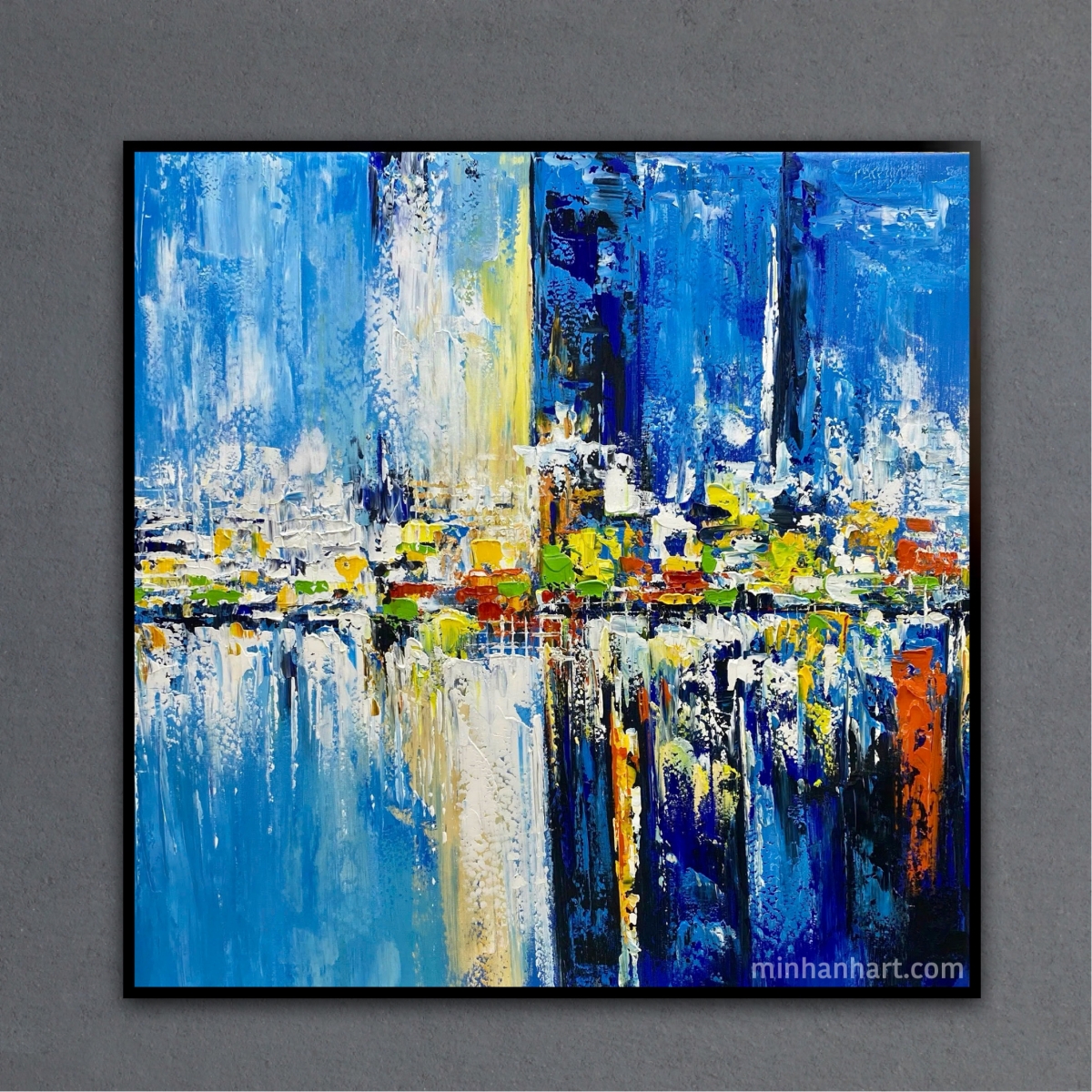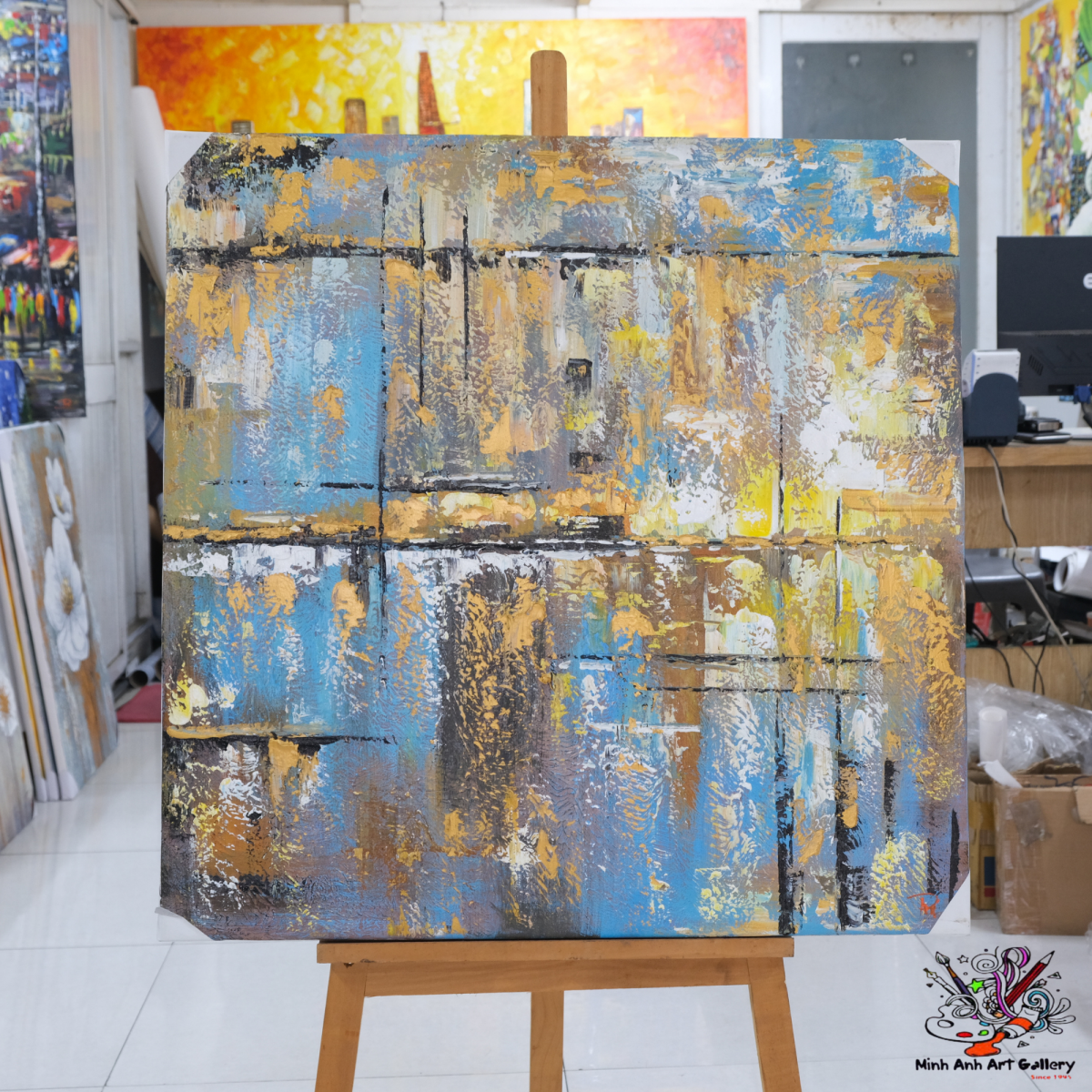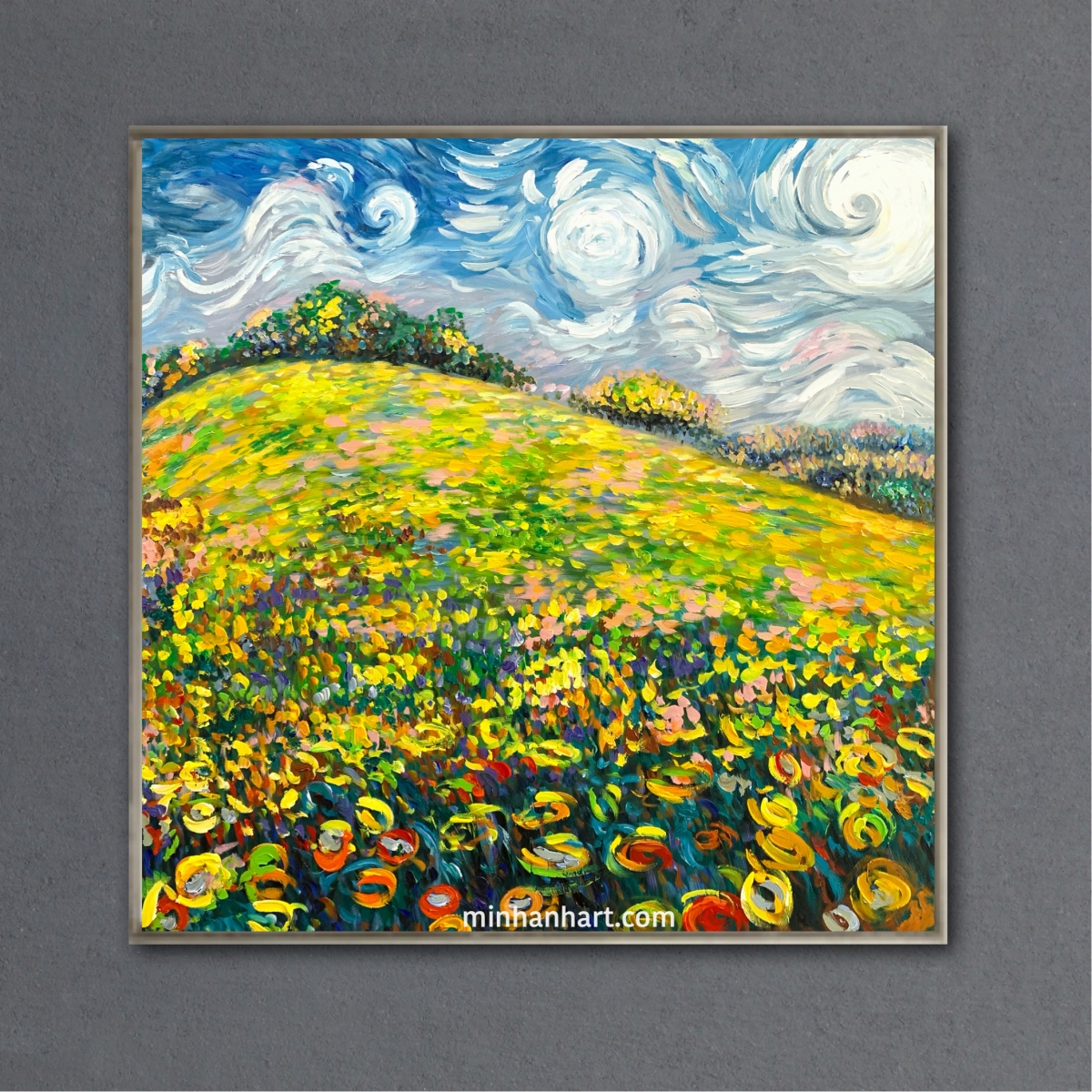When you walk into a gallery, what grabs your attention first? The artwork or the space itself? Truth is, in a contemporary art gallery, it’s often both. Architecture and art aren’t two separate worlds—they’re dance partners. One complements, enhances, and even transforms the other. And when you blend them well? Magic happens.

A gallery isn’t just four white walls. It’s an emotional container, a space that breathes life into every brushstroke and sculpture. The way walls angle, how ceilings open, and the path your feet take—it’s all designed to guide emotion.
People don’t just want to see a collection, they want to feel it. Architecture creates that immersive experience. It’s like composing a symphony—each room, each hallway, becomes a musical note in your visit.
In the past, art lived in ornate palaces. Think gold moldings, grand staircases, and velvet ropes. Today, the trend is clean, minimal, and purpose-driven—because art deserves to shine without distractions.
Modern galleries crave openness. Airy ceilings, expansive windows, and versatile layouts make room for larger works, installations, and even interactive pieces in your favorite art collection gallery.
So what sets a contemporary art gallery apart? Think skylights, floating staircases, flexible exhibit rooms, and seamless transitions. Every inch is calculated for harmony between viewer, artwork, and structure.
Good lighting is non-negotiable. But so is line of sight. Clean lines and intuitive layouts help guide attention, allowing your eyes to drink in every corner of a modern art collection.

Ever walked into a space and just felt something? That’s architecture working its quiet magic. From intimacy to grandeur, spatial design can elevate the emotional impact of an entire fine art collection.
Design elements—like curved walls or recessed lights—can focus your attention and draw you into the heart of a painting. It’s like the gallery itself is whispering, “Hey, take a closer look.”
From the Louvre’s glass pyramid to the Guggenheim’s spiral glory, iconic structures have become just as famous as the famous art collections they house. That’s no accident—it’s intentional storytelling in 3D.
The building doesn’t just hold art—it curates it. The choice of materials, the flow of visitors, even how you exit a room—it all shapes your understanding of the piece.
For collectors with private galleries, architecture becomes a personal statement. Whether it’s a high-rise penthouse or countryside villa, design reflects the collector’s soul and taste in curated art collections.
Private galleries allow for unconventional layouts—a sculpture room hidden behind a bookcase, a mirrored hallway leading to a secret exhibit. Why not? It’s your space, your story.
The internet isn’t just a convenience—it’s a canvas. With the rise of the art collection online, galleries now need to think about how spaces translate digitally. Virtual tours are the new front doors.
Architects and artists are reimagining their work to suit virtual platforms. That means prioritizing navigation, high-resolution visuals, and a layout that makes sense from a desktop or mobile view.
Each exhibit is a chapter, and architecture is the binding. You start with a quiet intro, build to a dramatic peak, and wind down with reflection. All through how the rooms connect.
Great galleries map an emotional arc. From awe to intimacy, a well-designed space leaves you with something unforgettable—even after you’ve stepped out the door.
Even rotating art gallery exhibitions deserve spatial respect. Modular walls, adaptive lighting, and versatile platforms allow art to transform and evolve within the same architectural envelope.

Green is the new gold. Many galleries are going eco-conscious with solar panels, passive ventilation, and recycled materials—all while elevating the aesthetic of any art collection gallery.
Old factories become artistic cathedrals. Abandoned buildings find second lives. Adaptive reuse lets architecture tell a story before the first artwork even goes up.
A great art gallery collection tour isn’t just about ticking paintings off a list—it’s about the memories you make. Smart architecture knows how to pace, surprise, and soothe.
The bond between architecture and art isn’t a background detail—it’s center stage. The way a contemporary art gallery is designed changes how we feel, move, and remember every piece of art. It’s not just about displaying a collection; it’s about transforming it into a lived, sensory experience.
1. Why is architecture important in an art gallery?
Architecture frames the experience. It enhances the visual impact and emotional journey of viewing art.
2. What are some features of a contemporary art gallery?
Open layouts, natural lighting, modular spaces, and minimalist design elements that let art breathe.
3. How does virtual architecture impact online art collections?
It ensures accessibility and immersion for those exploring an art collection online, helping simulate real-world gallery experiences.
4. What makes private art galleries unique?
They are tailored to individual styles, with custom architecture reflecting personal curated art collections.
5. Can architecture influence how we perceive famous artworks?
Absolutely. The structure can highlight, isolate, or dramatize pieces, affecting viewer interpretation.
Brought to you by Minh Anh Art Gallery – where design and artistry meet to elevate every viewing experience.
Gallery: 101 Bui Vien St, District 1, Ho Chi Minh City, Viet Nam
Phone: (+84) 962 720 484
Email: minhanhart.vn@gmail.com
Website: https://minhanhart.vn/